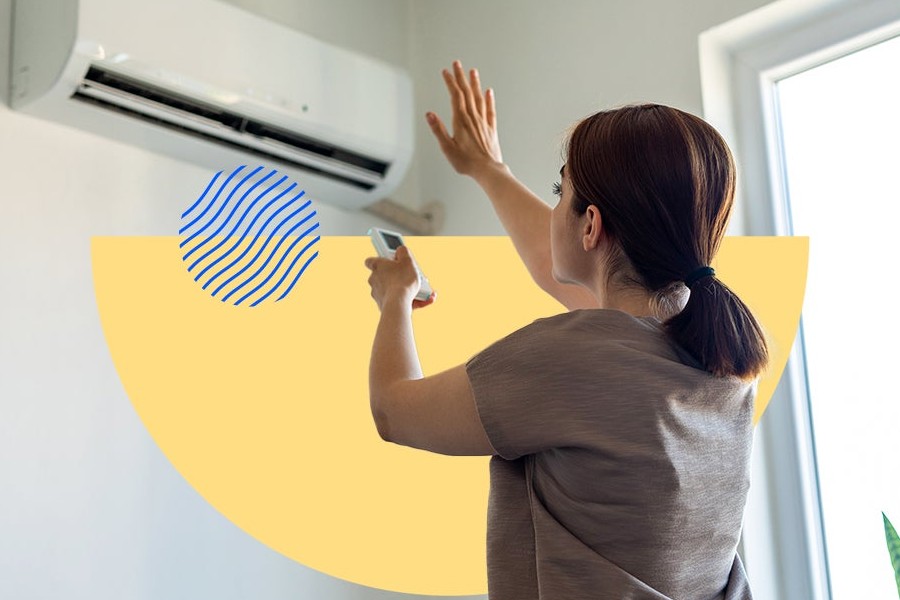
In the realm of manufacturing and packaging, maintaining the integrity of product packaging is of utmost importance.
Packaging isn’t just a vessel for transporting goods; it’s a critical component in preserving product quality, ensuring safety, and upholding brand reputation. The advent of sophisticated leak detection technology has revolutionized the way industries approach packaging integrity. Leak detection is now a cornerstone of quality assurance processes, offering a proactive measure to identify and mitigate potential breaches that could compromise product quality.
The Critical Role of Leak Detection in Packaging
Leak detection in packaging goes beyond the mere identification of physical breaches. It is a comprehensive strategy aimed at safeguarding product quality from production to point-of-sale. The significance of leak detection is multifaceted:
Preserving Product Integrity
The primary purpose of packaging is to protect the product within. A breach in the packaging can expose the product to external contaminants, leading to spoilage, degradation, and making it unsafe for consumption or use. Leak detection systems ensure that any compromise in packaging integrity is identified promptly, thus preserving the product’s purity and efficacy.
Extending Shelf Life
For perishable goods, pharmaceuticals, and various other products, exposure to air and environmental elements can drastically shorten shelf life. Leak detection helps in sealing these products effectively, ensuring they retain their quality and freshness for the intended duration.
Upholding Consumer Trust
Frequent incidents of product recalls due to compromised packaging can severely damage a brand’s image. Consumers expect products to be safe, reliable, and of high quality. By integrating advanced leak detection measures, manufacturers can deliver on these expectations, fostering trust and loyalty among consumers.
Minimizing Waste and Economic Loss
Detecting leaks early in the packaging process can significantly reduce the need for product recalls, disposals, and wastage, translating into considerable economic savings and sustainability benefits.
Comprehensive Methods of Leak Detection
The industry employs a variety of leak detection methods, each suited to different product types and packaging materials. These methods include:
Dye Penetration Test
A straightforward yet effective method, the dye penetration test involves applying a colored dye solution around the package seal. The presence of a leak is confirmed if the dye breaches the packaging barrier, visibly marking the leak site.
Vacuum Decay Method
This method entails placing the package in a vacuum chamber and monitoring for pressure changes. A decrease in pressure indicates that air is escaping from the package, thus identifying a leak.
High Voltage Leak Detection (HVLD)
Especially suitable for hermetically sealed packages, HVLD involves applying a high voltage across the package surface. The method detects leaks by identifying changes in electrical resistance, pinpointing areas where the packaging integrity is compromised.
Ultrasonic Testing
Ultrasonic testing uses high-frequency sound waves to detect leaks. This method is particularly useful for identifying micro-leaks that are not visible to the naked eye, offering a non-invasive and highly accurate detection process.
For industries seeking to adopt these advanced leak detection technologies, resources such as Seal Check provide a suite of solutions tailored to meet diverse needs. Their offerings encompass a range of state-of-the-art detection systems, designed to ensure the highest standards of packaging integrity across various sectors. More information on website https://www.seal-check.pro/
Enhancing Business Growth and Consumer Safety
The integration of effective leak detection systems has a profound impact on both consumer safety and business growth. Ensuring product integrity not only meets regulatory compliance but also aligns with consumer expectations for quality and safety. The benefits are manifold:
- Boosting Consumer Confidence: Consistency in product quality and safety enhances consumer satisfaction and loyalty, contributing to a positive brand image.
- Regulatory Compliance: Many sectors are governed by stringent regulations pertaining to product safety and packaging. Adequate leak detection mechanisms ensure compliance, avoiding potential fines and legal repercussions.
- Cost Reduction: Effective leak detection minimizes the risk of product recalls and waste, offering significant cost savings and environmental benefits.
Conclusion
The role of leak detection in packaging transcends mere quality control; it’s an essential component of a comprehensive product safety and integrity strategy. As businesses strive to meet and exceed consumer expectations, the adoption of advanced leak detection technologies becomes pivotal. In this endeavor, resources like Seal Check provide invaluable support, offering cutting-edge solutions that ensure products are packaged to the highest standards. The emphasis on packaging integrity not only safeguards product quality but also reinforces brand reputation, consumer trust, and environmental sustainability. Investing in robust leak detection is, therefore, not just a matter of regulatory compliance but a strategic choice for businesses aiming for long-term success and consumer satisfaction.
Become a Harlem Insider!
By submitting this form, you are consenting to receive marketing emails from: Harlem World Magazine, 2521 1/2 west 42nd street, Los Angeles, CA, 90008, https://www.harlemworldmagazine.com. You can revoke your consent to receive emails at any time by using the SafeUnsubscribe® link, found at the bottom of every email. Emails are serviced by Constant Contact








